Before removing the hybrid battery pack of this vehicle, be absolutely sure you understand some basics of electricity, how the hybrid systems operates, and lastly, let safety be your utmost priority; considering that you could easily get yourself injured, or killed, if you work ignorantly.
Here are some of the procedures to follow in achieving this aim: battery pack removal.
A. Tools needed:
a. High voltage gloves, rated at 1000DCV
b. Digital test multimeter, or an analog one, whichever you can afford. I’d argue you to get a digital one.
c. Some wrenches ranging from 8, 10, and 12mm sizes
d. Small pry bar, and a flathead screwdriver.
B. Procedures
a. Disconnect the negative battery terminal of the auxiliary 12V battery.
b. Disengage the orange safety switch or plug, and wait for some 10-15min. This would enable the high voltage capacitors of the hybrid system to discharge to a reasonable safety voltage.
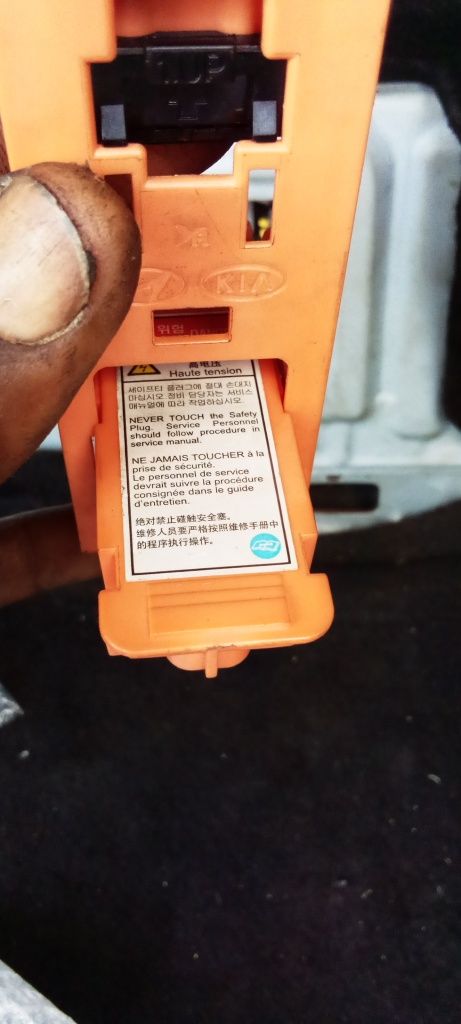
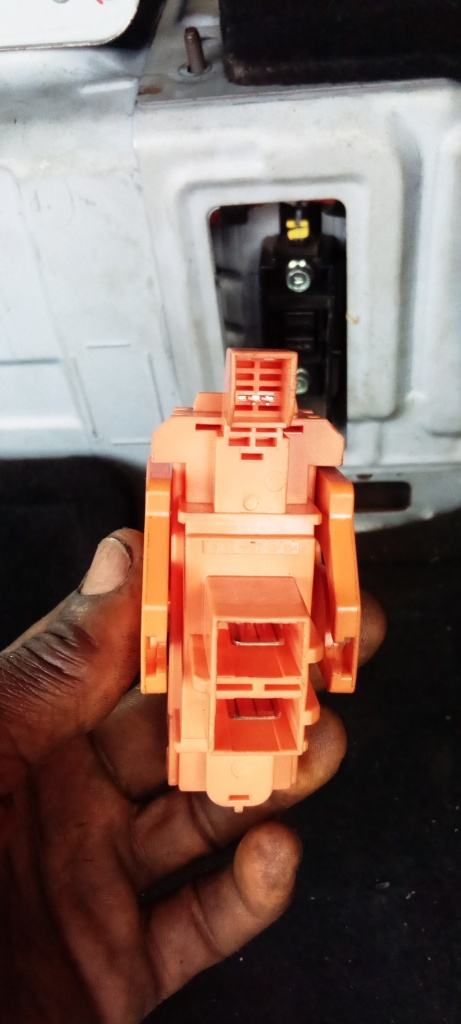
Safety plug detached fully 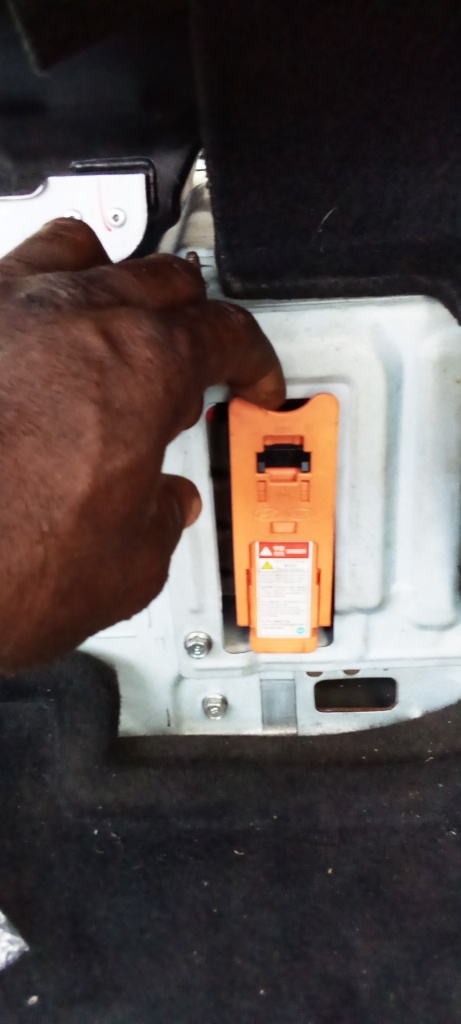
Pull the tab upwards, and and towards you to detach it from the insert
c. Remove the rear seats, and the plastic cowls, inorder to expose the battery pack completely, and create access to the bolts clamping the pack to the chassis.
d. Disconnect all the wire harness connected to the blower fan, including the blower fan plumbing (tubing) from the pack.
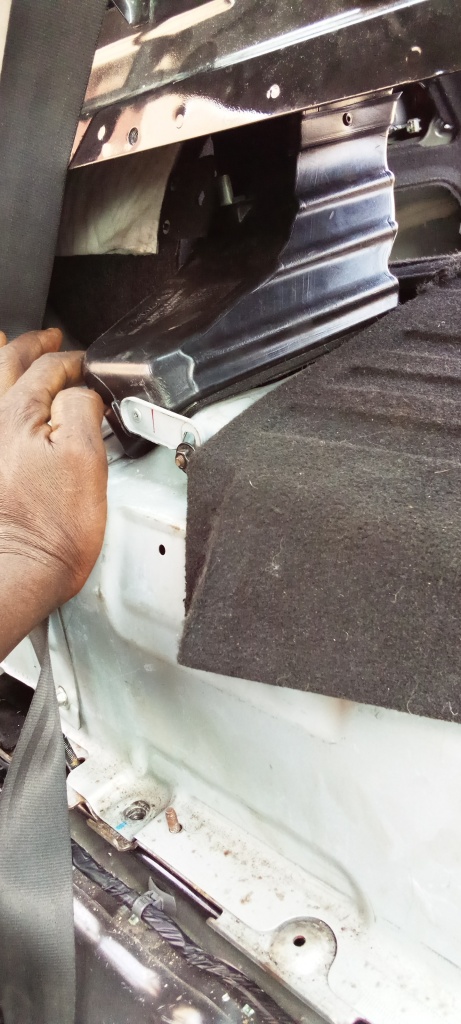
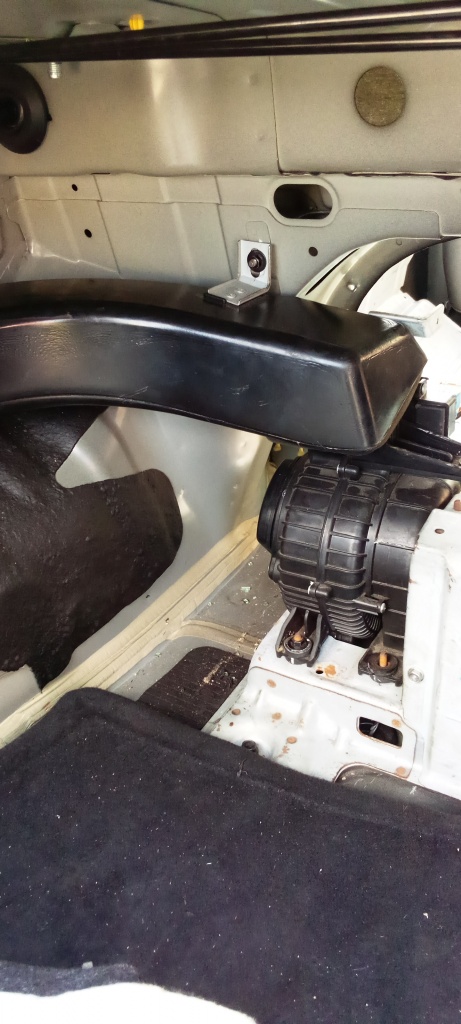
Blower fan and plumbing exposed 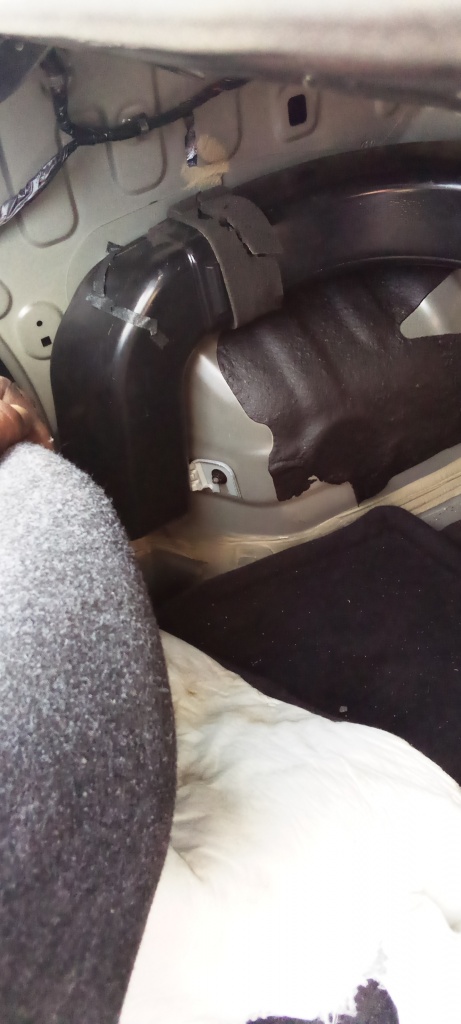
Blower fan plumbing 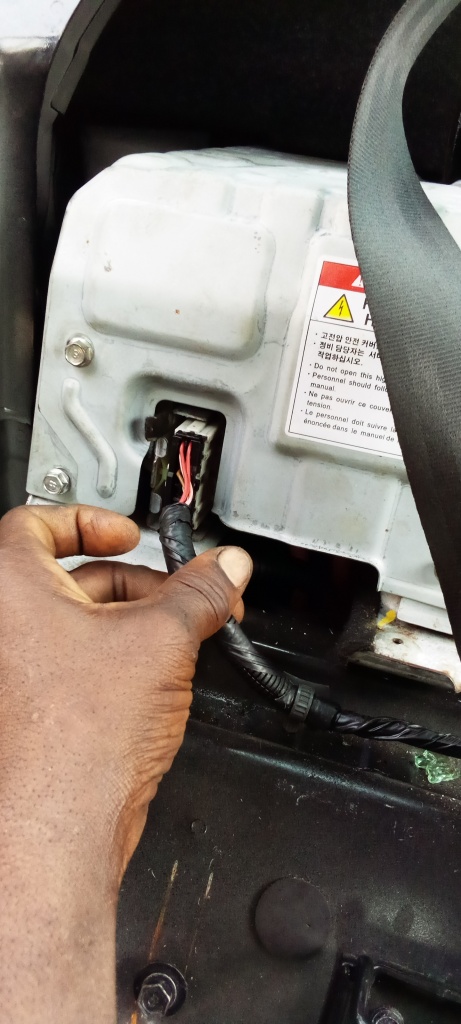
Disconnecting a wire harness connected to the battery pack HV relay 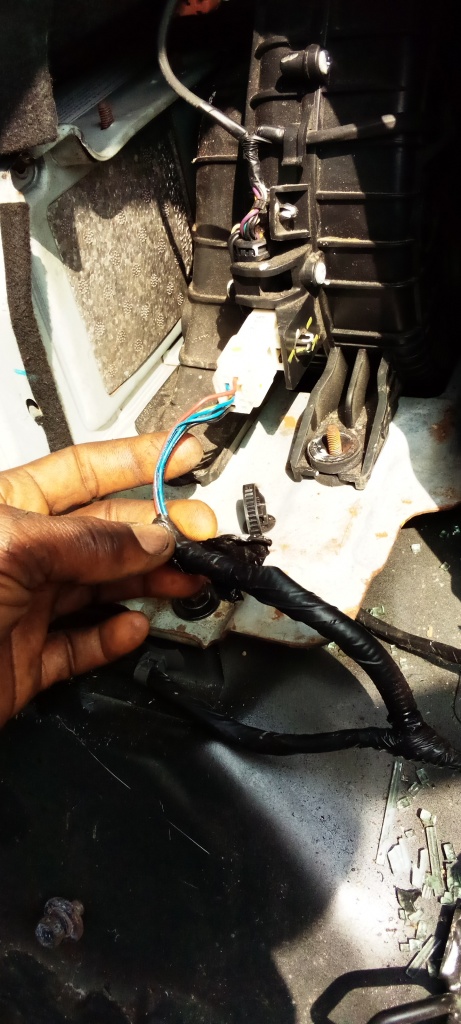
blower fan harness wire to be disconnected
e. Lossen the bolts attached to the high voltage battery pack cabling on the high voltage relay assembly.
Set the multimeter at 1000V, use the two terminal probes to ensure the high voltage cables reads 0.00V before attempting to remove the cables.
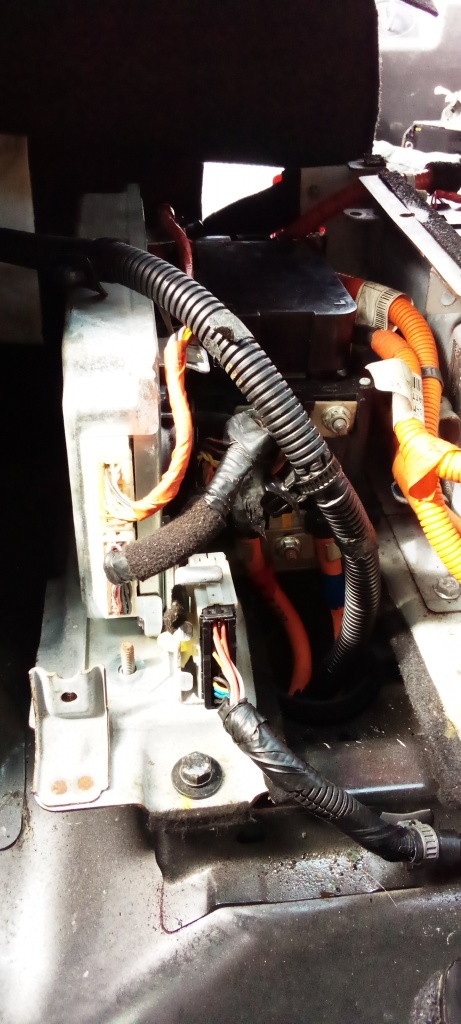
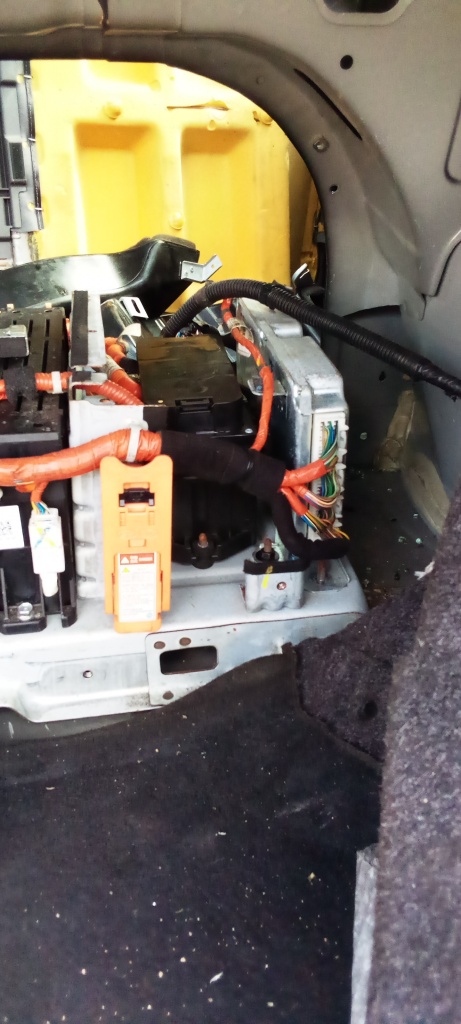
Battery smart unit, and safety plug exposed 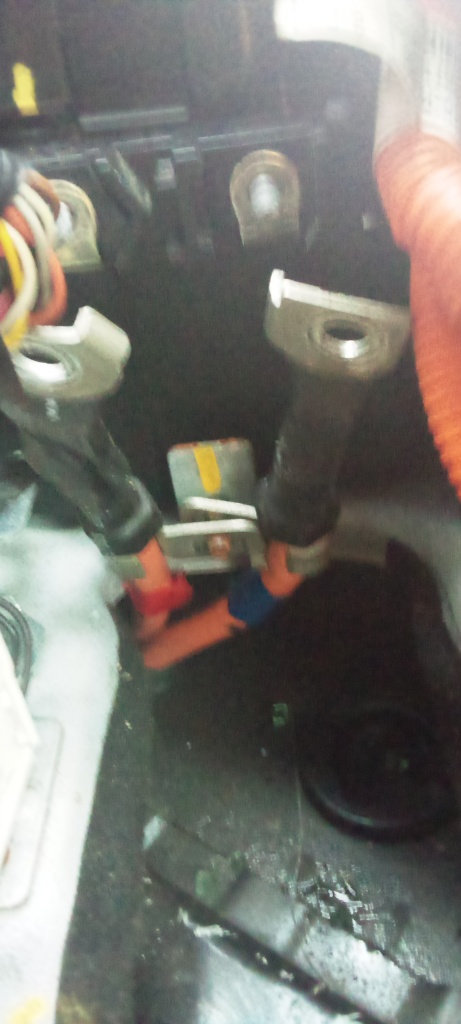
high voltage + and – terminal cables not disconnected
f. Use electrical tape to cellophane the two high voltage terminal points, to prevent sparks flying around, and risks of electrocution.
g. Loosen all the 12mm bolts securing the battery pack to the chassis, and finally,
h. Get a helper to assist you in carrying the pack out of the vehicle, or a hoisting chain.
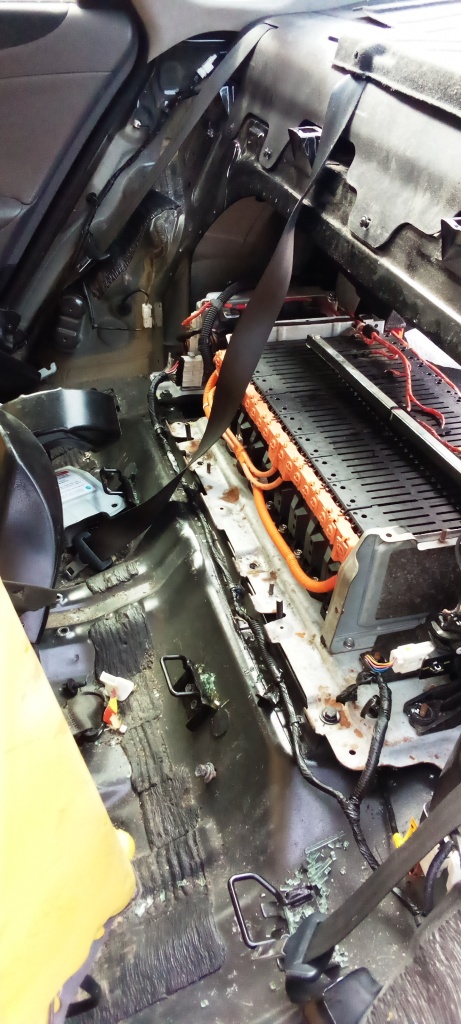
battery pack exposed, awaiting removal with the assistance of a helper 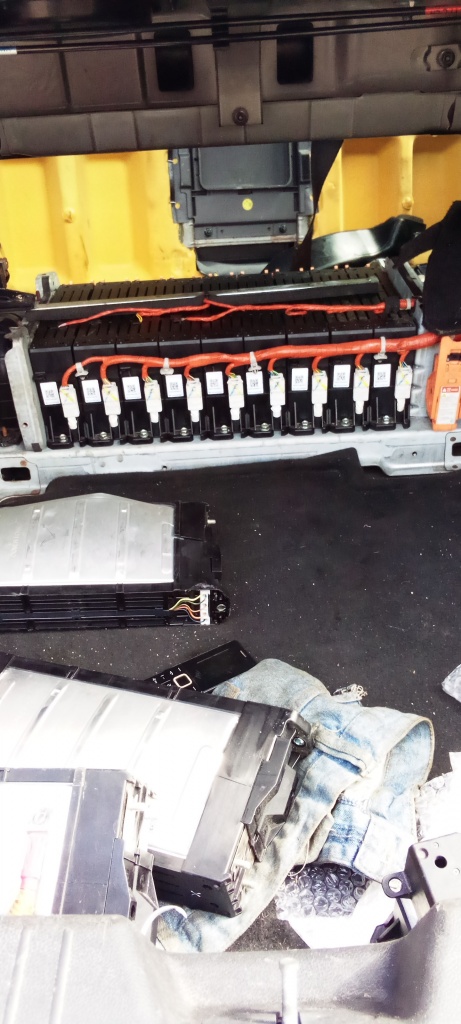
necessary to get a helper to assist here.
Replacing the battery pack, is reverse of the following procedures above.
Anyone can replace their hybrid battery pack, if all safety precautions are taken, and the needed tools provided.





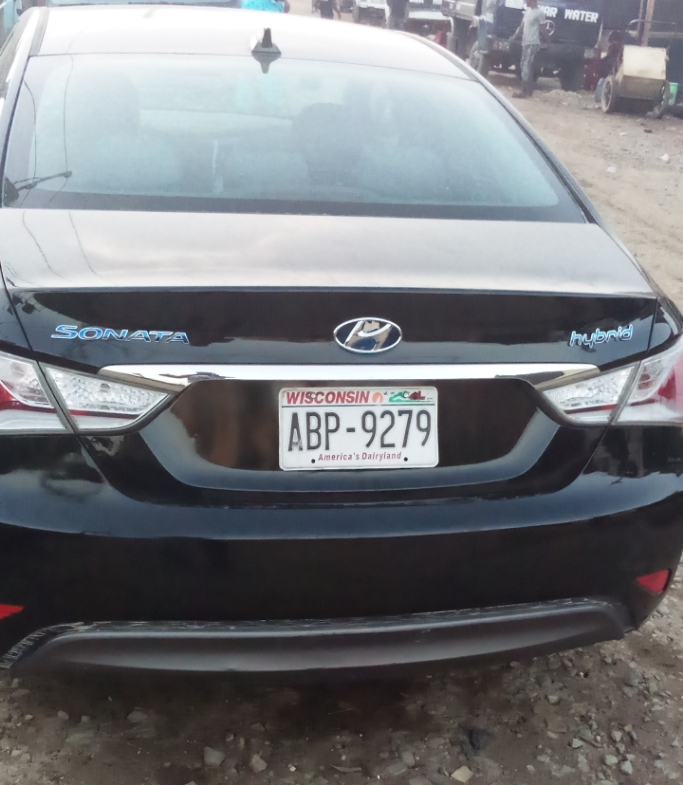
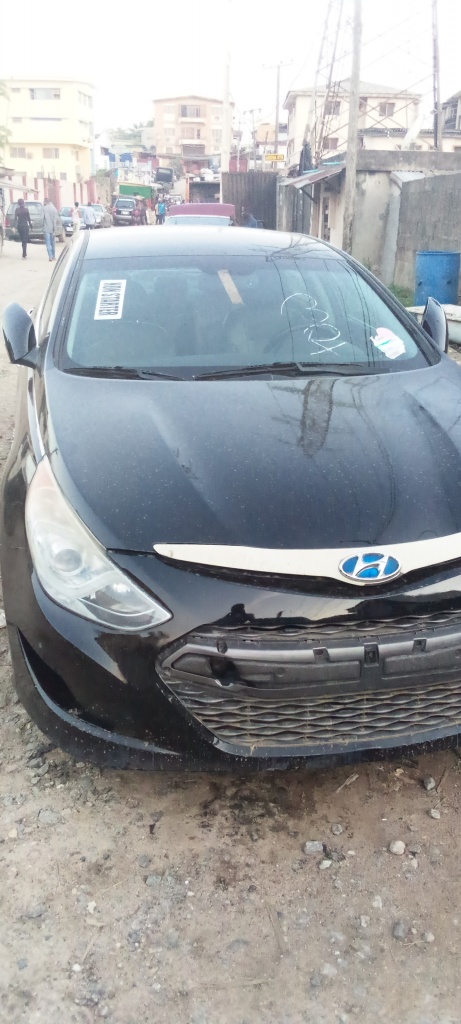
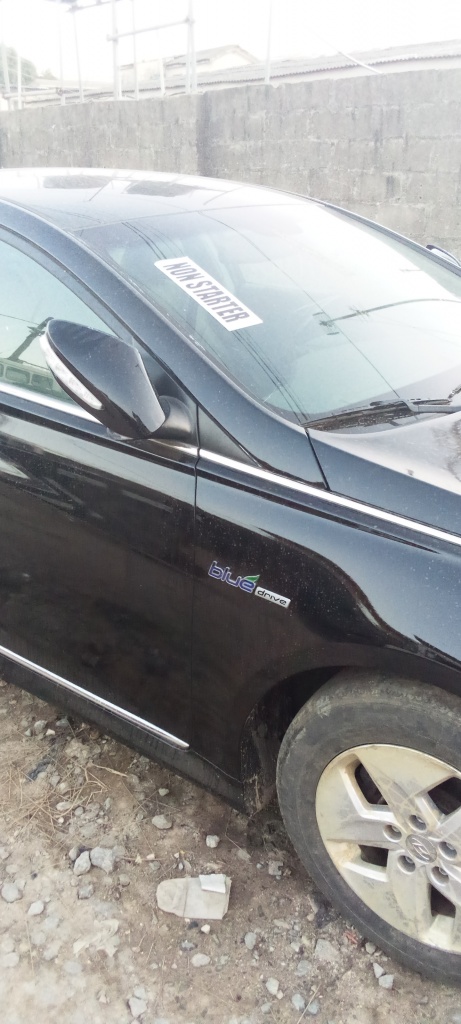
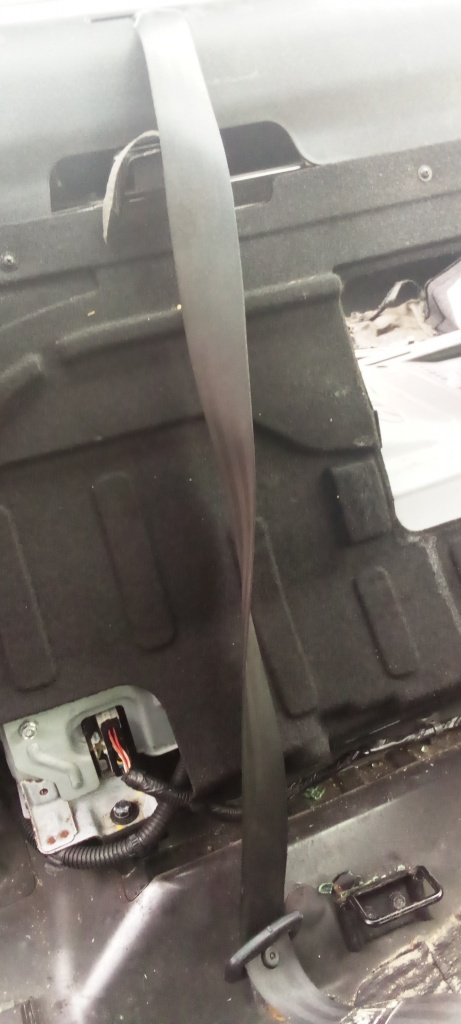
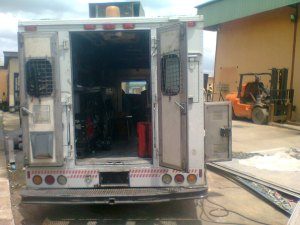
This is quite impressive. Good thing we have their engineers here in Nigeria.
Thanks sir for the kind words.
How did you get some of the battery
Which battery pack are specifically referring to??
They were ordered from ebay